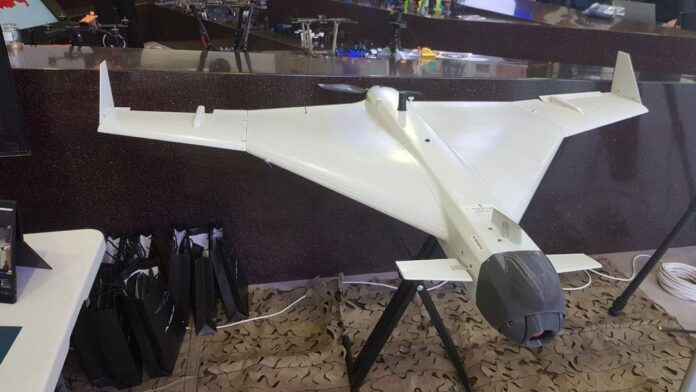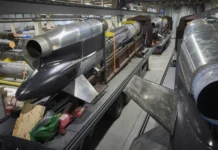According to Russian media reports, the new model is equipped with a munition that enhances the damage caused by an explosion
Russian media reported on the demonstration of a new kamikaze unmanned aerial vehicle called «Wedge», which is claimed to be equipped with a high-explosive fragmentation warhead.
Such munitions combine the shock wave of an explosion with the flying of metal fragments, which significantly increases the damage to manpower and infrastructure.
«The high-explosive warhead significantly increases the destructive effect: the combination of blast wave and fragmentation poses a serious threat to people and equipment», military analysts say.
Why it is dangerous for civilians and rescuers
Shrapnel from such warheads can fly over long distances and at high speeds, causing penetrating wounds.
This type of injury is particularly dangerous in densely populated areas or where rescue and medical teams are close by.
Even if the main target is military infrastructure, the use of high-explosive munitions increases the risks to civilians and rescue services.
Context of use and legal aspects
The use of weapons with a wide area of effect is always subject to international norms and assessments of proportionality and the distinction between military and civilian targets.
Experts stress that the use of such systems in areas with civilian infrastructure carries a high risk of violating international humanitarian law.
What you need to know
«Wedge» - is a name that has been spread by the Russian media as a new model of kamikaze UAV with a high-explosive warhead.
Shrapnel warheads increase the area of damage and increase mortality and injuries among civilians.
In the case of such systems, the key is to maintain the safety of civilians and rescuers' access to the affected areas.





